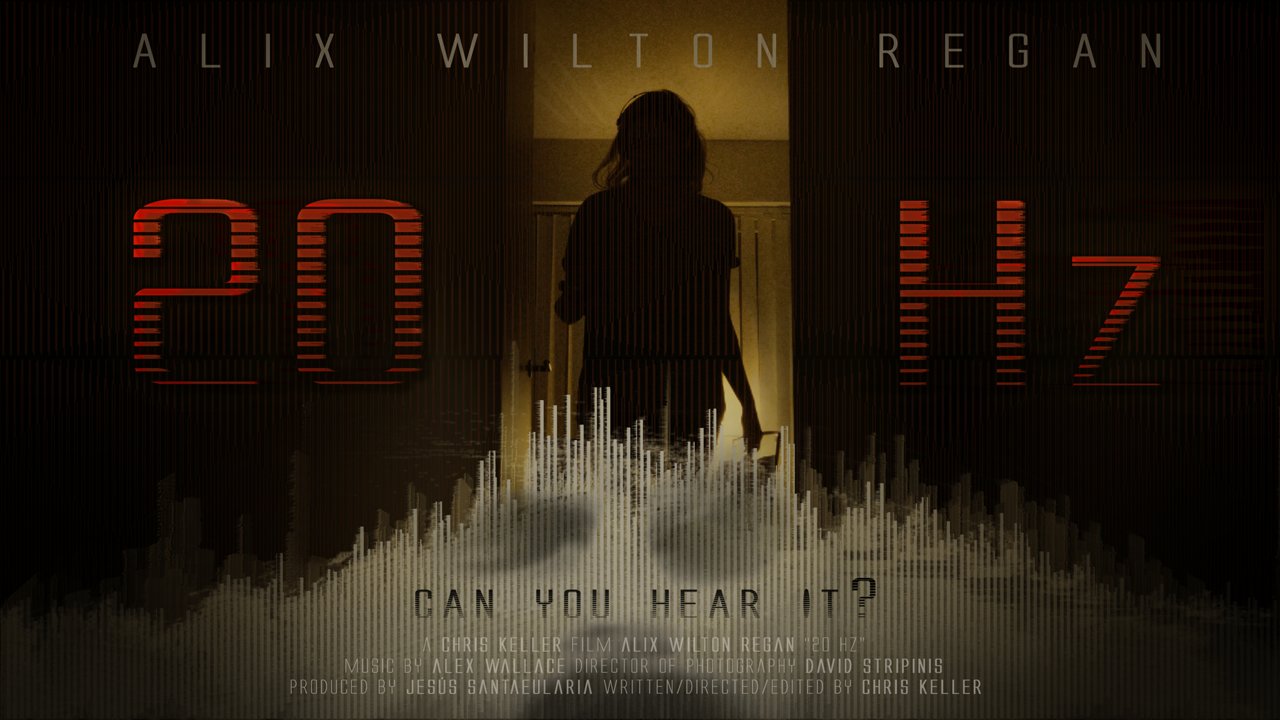In a bleak world that has lost its sense for joy and wonder, an old clown reminisces about better days
A towering army of highrises and factories, reaching up into the sky as if trying to escape the toxic city smog. Diesel engines scream as vehicles tear over countless highways. Residents shuffle to and from work, hands in pockets, eyes on the pavement. A never-ending rat race. Every sense of joy has been sucked into the pores of this urban jungle.
Here lives Pippo, an old clown who refuses to leave
No one stops to notice the old scrapyard. No one remembers the lights and the laughter. It is a long-abandoned circus arena. All that’s left, nestled between metal junk and overflowing dumpsters, is a single desolate caravan. Here lives Pippo, an old clown who refuses to leave. Or perhaps he has no place to go. For decades, he used to bring smiles to children’s faces. Now he is discarded, degraded, dejected.
He is lost in thought, staring at an old photograph of him and his partner Bobo, who has long since passed. Pippo sighs and looks at his reflection in the mirror, wondering what went wrong.
What do you do in a joyless world when all you know is joy?
The screenplay for Pippo was written in 2014, years before the Western world was shaken by political and societal turmoil. In retrospect, the story feels eerily prescient. It constitutes a warning of where we could be headed, and by extension an unwavering endorsement of values such as joy and kindness.
The film’s style was achieved by combining miniature photography with cutting-edge CGI. The opening sequence is completely computer-generated, using hundreds of 3D models, carefully laid out and lit to paint a bleak picture of the world and thereby setting the tone for what follows. The inside of Pippo’s caravan is a practical set, measuring 1.5m x 1m x 1m. We spent two years gathering vintage props and lights until we were satisfied with the warm feel necessary to create a stark contrast to the outside world. The Pippo character is also fully CG. He presented our biggest challenge, as every aspect – from design to animation to render quality – had to hold up against the dazzling amount of detail in the real set.
This hybrid approach of old and new filmmaking techniques results in a unique look which mirrors the complex and contradictory world Pippo lives in.
Pippo paints a dire and tragic picture of the world. But the ending also offers an uplifting notion: No matter how bad things get – keep smiling!
Pippo is primarily a mood piece and a cinematic metaphor for how director Chris Keller increasingly feels about our world. The film’s unique style was achieved by combining miniature photography with CGI. A scintillating visual experience which is light in content, but extremely deep in setting.
See how they made it:




